Mesoamerican civilization comprised of a number of indigenous cultures that developed in parts of Mexico and Central America prior to Spanish conquest in the 16th century. Part of Mesoamerica, the Maya civilization encompassed an area which corresponds to modern day regions of southeastern Mexico; all of Guatemala and Belize; and the western portions of Honduras and El Salvador. The Maya developed their first civilization at least as early as 2600 BC. They never had a unified empire and instead there were numerous city states who fought and made alliances with each other at different times. The Maya are renowned for their complex calendar, astronomical skill and medicine. It is also well known that they had saunas, played a ballgame and practiced human sacrifice. Here are 10 interesting facts about the rise and decline of the Maya civilization; and about their religion, culture, medicine, ballgame and practices like human sacrifice.
#1 THERE WAS GREAT DEVELOPMENT IN MAYA CIVILIZATION IN THE CLASSIC PERIOD
The Maya civilization was part of Mesoamerica, one of the six sites that current scholars consider as cradles of civilization, where civilization emerged independently; the others are Mesopotamia, Indus Valley, Egypt, China and Norte Chico. It is not known when the Maya developed their first civilization. Their occupation at Cuello (modern-day Belize) has been carbon dated to around 2600 BC. Historians usually divide the history of Maya civilization into 3 periods: Preclassic (c. 2000 BC – 250 AD), Classic (c. 250 – 900 AD) and Postclassic (c. 950 – 1539 AD). Around the middle of Preclassic period, Maya villages began to grow to form cities with large structures. The Classic period saw the peak of large scale construction and urbanism with populations of 50,000 to 120,000 in large Maya cities. There was great artistic, architectural and intellectual flowering in the Classic period. It was also a time when a large number of city states developed, which build allies and frequently fought against each other.
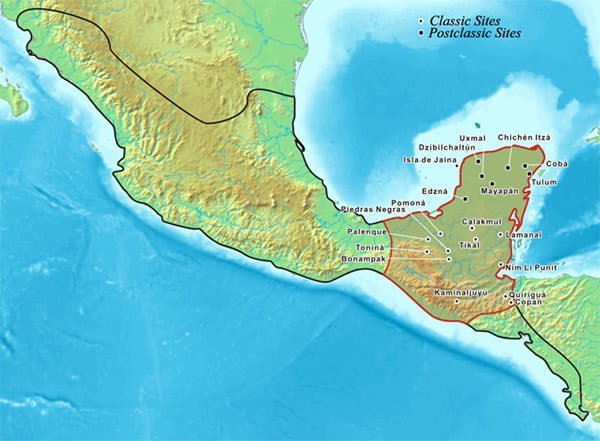
#2 THEIR CITY STATES WERE INVOLVED IN A CONSTANTLY TRANSFORMING POLITICAL STATE
Unlike the Aztecs and the Inca, the Maya political system never integrated into a single state or empire. The Maya city states and chiefdom fluctuated greatly in their relationships with each other. They were engaged in a complex web of rivalries, periods of dominance or submission, vassalage and alliances. Economically, they were linked by a complex trade network. The Maya city states were ruled by the “divine king”, who acted as a mediator between mortals and the Gods. He was the center of political power exercising ultimate control over the administrative, economic, judicial and military functions. Royal succession was patrilineal, and royal power only passed to queens when doing otherwise would result in the extinction of the dynasty. The Maya society was divided between the elite and commoners, with the commoners comprising 90% of the population according to estimates. The elite included the priesthood, the officials and the warrior aristocracy.
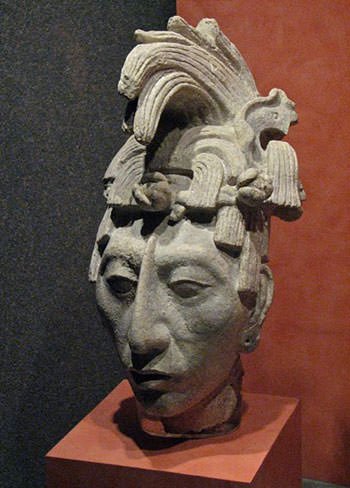
#3 THE COLLAPSE OF THE GREAT MAYA CITIES IN 9TH CENTURY REMAINS A MYSTERY
Important Maya city states include: Nakbe, El Mirador and Kaminaljuyu, principal cities during the middle and late Preclassic period; Tikal, Calakmul, Palenque, Yaxchilan, Copan and Coba, major cities of the Classic period; Chichen Itza, Mayapan and Q’umarkaj, centers of power during the Postclassic period. This classification, based on periods, is not precise as influence of these cities varied with their power rising and diminishing at different points of time. During 9th century AD the central Maya region suffered a collapse leading to abandonment of their great cities. The cause of this great collapse is not known. Reasons given for it include environmental disaster, epidemic disease, overpopulation and foreign invasion. The people who left these cities probably moved north and Chichen Itza gained in importance. However, it suffered a decline in 11th century AD and the Maya lacked a dominant power till the rise of Mayapan in the following century. Mayapan was abandoned around 1448. The K’iche’ kingdom of Q’umarkaj expanded through the 15th century but by the time the Spanish arrived it was in decline due to a rebellion.
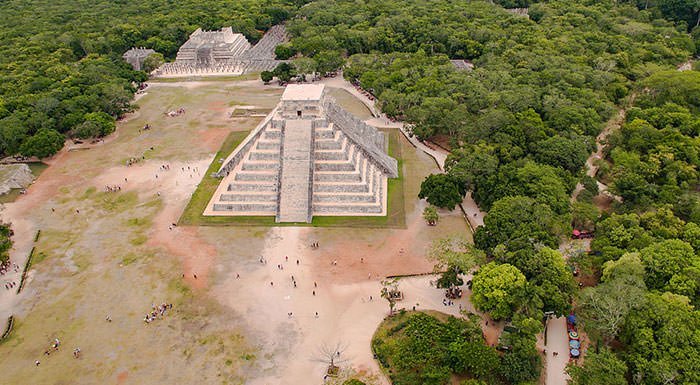
#4 MAYA CITIES FOUGHT THE SPANISH FOR AROUND TWO CENTURIES DURING COLONIZATION
The first major contact between the Spanish and the Maya occurred in 1511 when a Spanish ship was wrecked near Jamaica. Around 10 survivors made landfall on the coast of Yucatán in one of the ships boats. There they were seized by a Maya lord named Halach Uinik. They were then sacrificed or held as slaves. Other expeditions followed leading to a long period of Maya kingdoms resisting the Spanish Empire. Though the Maya lacked Old World technology such as a functional wheel, horses, iron, steel and gunpowder; they fought the Spanish with tenacity and it was not until, around two centuries later, in 1697, that the last independent Maya city, Nojpetén, fell to the Spanish conquistadors. Apart from lacking technology, the Maya also suffered greatly due to Old World diseases, against which they had no immunity.
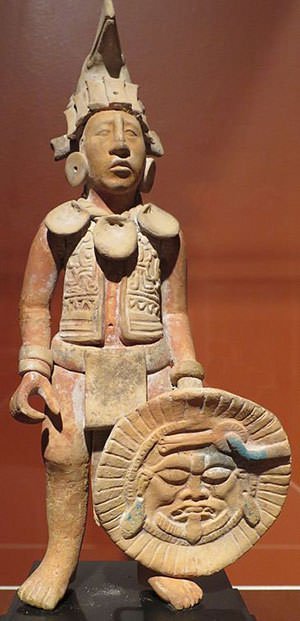
#5 THE SPANISH DESTROYED NEARLY ALL MAYA TEXTS
The Spanish viewed the Maya as infidels who needed to be forcefully converted and pacified. Apart from widespread torture and atrocities, the Spanish destroyed Maya texts wherever they found them leading to the destruction of thousands of years of history, literature and traditions of the Maya civilization. In an infamous incident, on July 12, 1562, Spanish bishop Diego de Landa ordered the burning of many Maya books and thousands of Maya cult images. In a lucky co-incidence, three Maya books survived the Spanish friars and wear and tear of time. These are known as the Madrid Codex, the Dresden Codex and the Paris Codex. A few pages survive from a fourth, the Grolier Codex, but its authenticity is disputed. These books provide valuable information regarding the Maya and have played a key role in the deciphering of the Maya script.
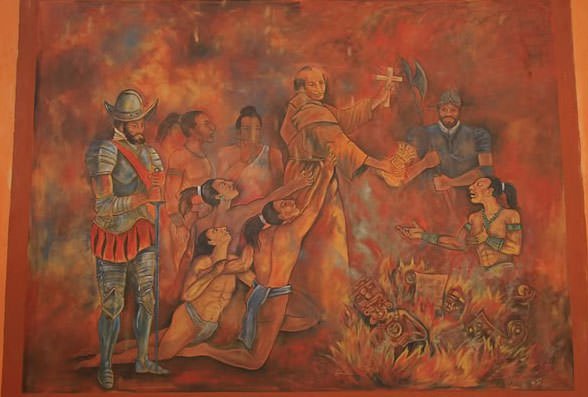
#6 THEIR MEDICINE MEN WERE SKILLED SURGEONS
The Maya equated sickness with captivity of one’s soul by supernatural beings, angered due to some misdemeanor. Medicine was practiced by a select few who generally inherited their positions and received extensive education. These people were called shamans, who acted as intermediaries between the physical and spiritual worlds; and ah-men, the “disease throwers”. Since sickness was associated with wrongdoings, the healer inquired about specific events in the life of the sick. The shamans and ah-men had extensive knowledge of medicinal plants and how they should be used. Treatment was based on herbal remedies which could be swallowed, smoked, snorted, rubbed on the skin and even injected into the rectum. The healers also demonstrated considerable surgical skill. It is known that they sutured wounds with human hair, reduced fractures and used primitive drills to trephine. They were also skilled dental surgeons making prostheses from jade and turquoise; and filling teeth with iron pyrite.
#7 THE MAYA USED SWEAT BATHS AKIN TO MODERN DAY SAUNAS
The Maya practiced several cleansing techniques for well being including fasting and sweating. The ancient Maya used sweat baths, similar to the modern day saunas, for purification. Sweat baths were constructed using stone or mud with a small opening in the ceiling. Water was combined with fire-heated rocks to create steam, creating a setting in which to sweat out impurities. Saunas were used for various conditions and situations. Mothers who had conceived a child recently used them to seek revitalization while the sick used them for the healing properties of steam. Maya rulers also used the sweat bath frequently to feel refreshed and cleaner. At the Maya site of Piedras Negras, eight sweat baths have been identified by archaeologists. Other sites were sweat baths have been uncovered include Tikal, Aguateca and Nakbe. The Maya sauna is still popular and offered to visitors at hotels and resorts throughout the Maya world.
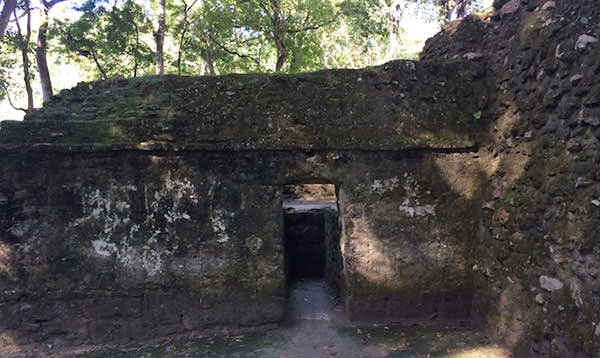
#8 IMPORTANT MAYA RITUALS USUALLY INCLUDED BLOODLETTING AND HUMAN SACRIFICE
The Maya believed in a supernatural realm inhabited by an array of powerful deities. At the core of Maya religious practice was the worship of deceased ancestors, who were believed to act as intermediaries between the population and the deities. The landmarks in the region; like mountains, wells and caves; were assigned to specific ancestors and deities. The professional priests knew the art of reading and writing; and were the keepers of knowledge concerning the deities and their cult. Human blood and human life was the most sacred thing that could be offered to the Gods. Bloodletting sessions took place at important rituals including the accession ritual of the new king. The sacrifice of a human life was the ultimate offering of blood to the gods, and most important Maya rituals culminated in human sacrifice. Usually only high status prisoners of war were sacrificed with the lower ones being used for labor.
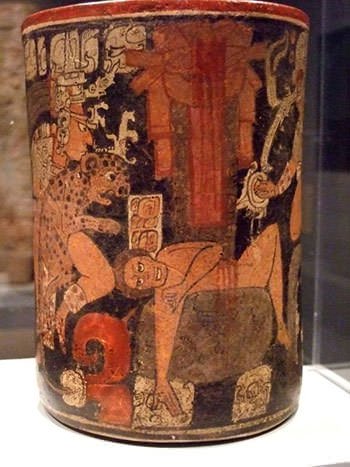
#9 THEY PLAYED A BALLGAME WHICH WAS FOLLOWED BY HUMAN SACRIFICES
The Maya took the latex from rubber trees and mixed it with juice from morning glory vines to produce rubber, several millennia before vulcanization. One of the uses of rubber in Maya culture was producing balls for a ballgame. A branch of the Mesoamerican Ballgame, the Maya Ballgame originated more than 3,000 years ago and involved two teams. It was not just an athletic event but also a religious and sacrificial event. Contact with the rubber ball was limited; any body part except the hand and feet were allowed. The ball could be passed from person to person but was not permitted to touch the ground. The aim of the offense was to move the ball towards the opposition and into a ring about 25 feet above the playing field. The aim of the defense was to force the offense to lose control and to allow the ball to touch the ground. The game was incredibly violent and the players wore protective gear. It was followed by human sacrifices, perhaps of the losers but it could be the winners as well, for them to die in honor. The ball court itself was a focal point of Maya cities reflecting the importance of the game.
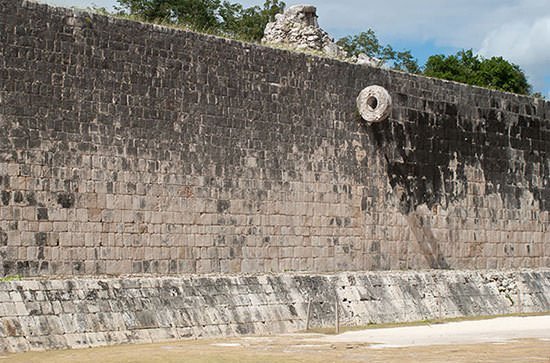
#10 THE MAYA WERE GREAT ASTRONOMERS AND HAD A SOPHISTICATED CALENDAR
Over the course of their long history, the Maya accomplished many stupendous feats. They were efficient mathematicians with a highly advanced numeral system with place values and zero, much superior to that of the Europeans. Their architects and engineers created monumental structures including palaces; astronomical observatories; ballcourts; temple pyramids; remarkably strait elevated roads; and aqueducts which used water pressure technology. The Maya also developed the only complete writing system in Mesoamerica. However, their most renowned achievement is in astronomy. The Maya calculated the solar year, the lunar month and the cycle of Venus with great precision. They had a sophisticated and complex calendar using three different dating systems. The non repeating Long Count calendar of the Maya had no date for 21st December 2012, unless you make it cyclical. As the Maya were great astronomers, this led to many doomsday theories regarding that date while others believed it would bring about an advent of a new age of higher consciousness, greater peace and enhanced understanding.
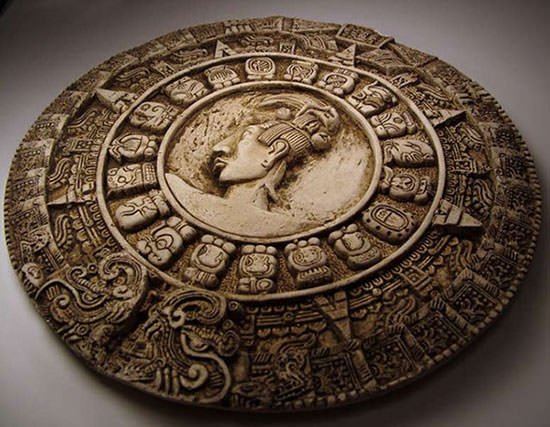
THE MAYA TODAY
The Maya continue to inhabit regions in southern Mexico, Guatemala, Belize, El Salvador and Honduras. At the advent of the 21st century, there were an estimated seven million Maya living in these areas. While some of the Maya people have integrated into the majority cultures of the nations they inhabit, others continue a more traditional life based on their ancient culture. They speak one of the Mayan languages as the primary language; and their religion is usually Christianity combined with their indigenous Maya religion. The Maya continue to face several significant problems including excessive tourism, discrimination, cultural genocide, civil wars, destruction of forests and overpopulation.

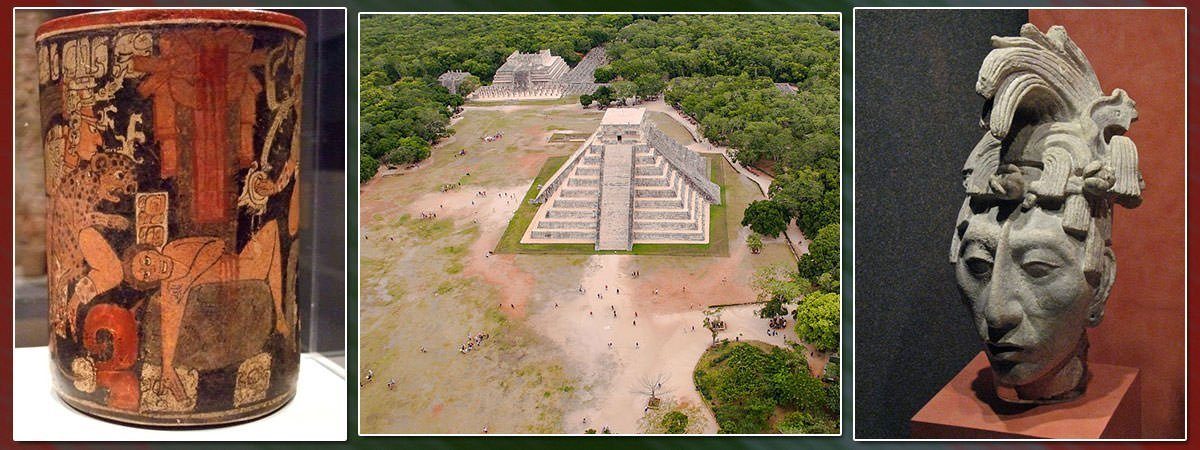
An outstanding share! I’ve just forwarded this onto a colleague who was conducting
a little homework on this. And he in fact ordered me dinner
simply because I stumbled upon it for him… lol. So allow
me to reword this…. Thanks for the meal!!
But yeah, thanx for spending time to discuss this topic here on your site.